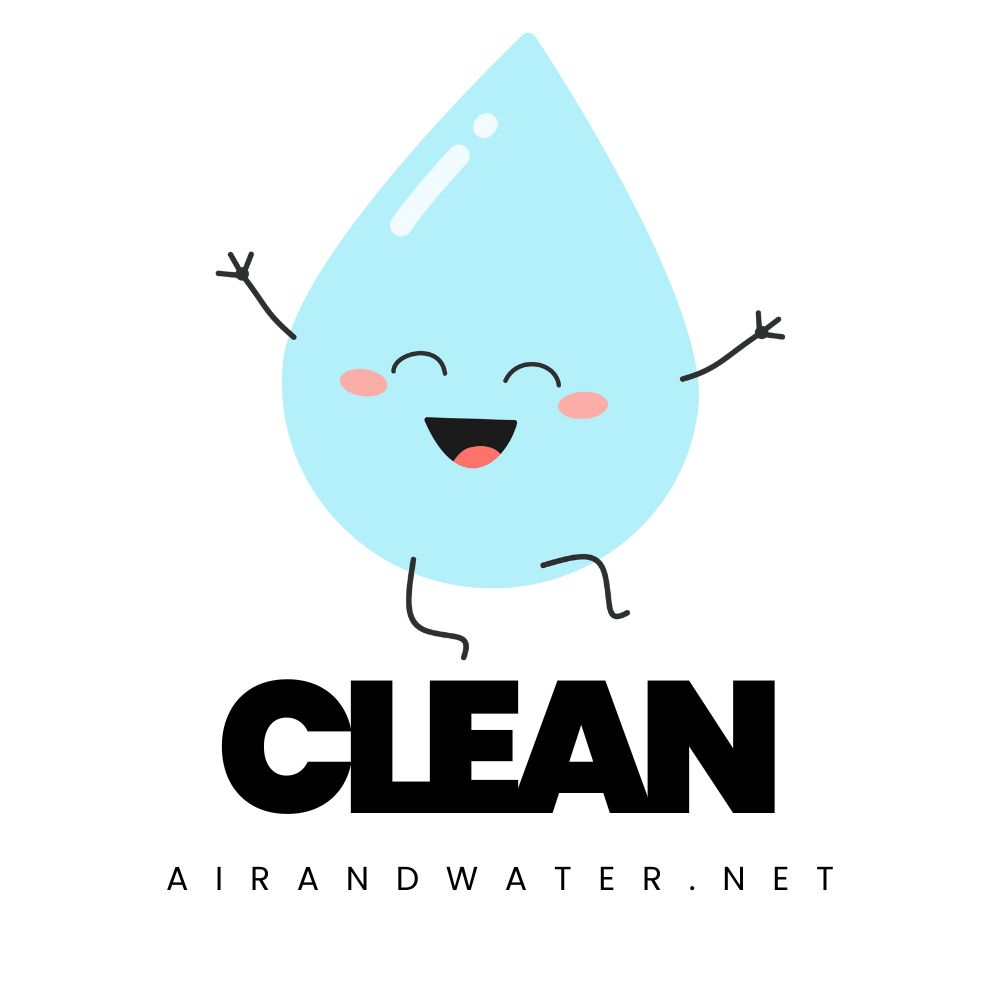Chandler Water Quality at a Glance
minor concerns
Is Chandler Water Safe to Drink?
Yes, Generally Safe – Chandler water meets all federal health standards and shows very low PFAS levels with only 4 PFAS compounds detected at concentrations well below EPA limits. Primary concerns include hard water (16.5 grains/gallon average) and disinfection byproducts. The city performs over 100 daily tests and maintains high treatment standards.
ℹ️ Key Points for Chandler Residents
- PFAS “Forever Chemicals”: Only 4 PFAS detected at very low levels – well below EPA maximum contaminant levels
- Water Sources: 42% surface water (Salt/Verde Rivers, Colorado River), 33% groundwater, 25% from shared Santan Vista plant
- Hard Water: High mineral content (16.5 grains/gallon average) may affect appliances and require water softening
- Disinfection Byproducts: Trihalomethanes (69.5 ppb) and haloacetic acids present but within EPA limits
Read the full report below for detailed analysis, water source information, and specific recommendations for Chandler residents.
Chandler – Arizona – Water Quality Report 2025: PFAS Testing, Infrastructure Concerns & Safety across your city
The City of Chandler delivers approximately 56 million gallons of high-quality drinking water daily to over 275,000 residents in Chandler and surrounding areas. As one of Arizona’s largest cities, Chandler operates a sophisticated water system encompassing the Pecos Water Treatment Plant, over 30 groundwater wells, and joint ownership of the Santan Vista Water Treatment Plant with Gilbert. The city’s diversified water portfolio draws from three primary sources: treated surface water from the Salt and Verde Rivers via the Salt River Project (42% via Pecos WTP), Colorado River water through the Central Arizona Project (25% via Santan Vista WTP), and groundwater from deep aquifers beneath the city (33% from wells).
Chandler’s commitment to water quality excellence is demonstrated through its comprehensive testing program, with water quality specialists conducting up to 100 daily tests to ensure compliance with all federal and state drinking water standards. The city’s proactive approach includes advanced treatment technologies, extensive source water protection, and innovative water conservation and reuse programs. With Arizona’s ongoing drought challenges and growing population, Chandler has invested heavily in water sustainability initiatives, including underground water storage programs with approximately 440,000 acre-feet of banked water and groundwater recharge programs to secure the community’s water future for generations to come.
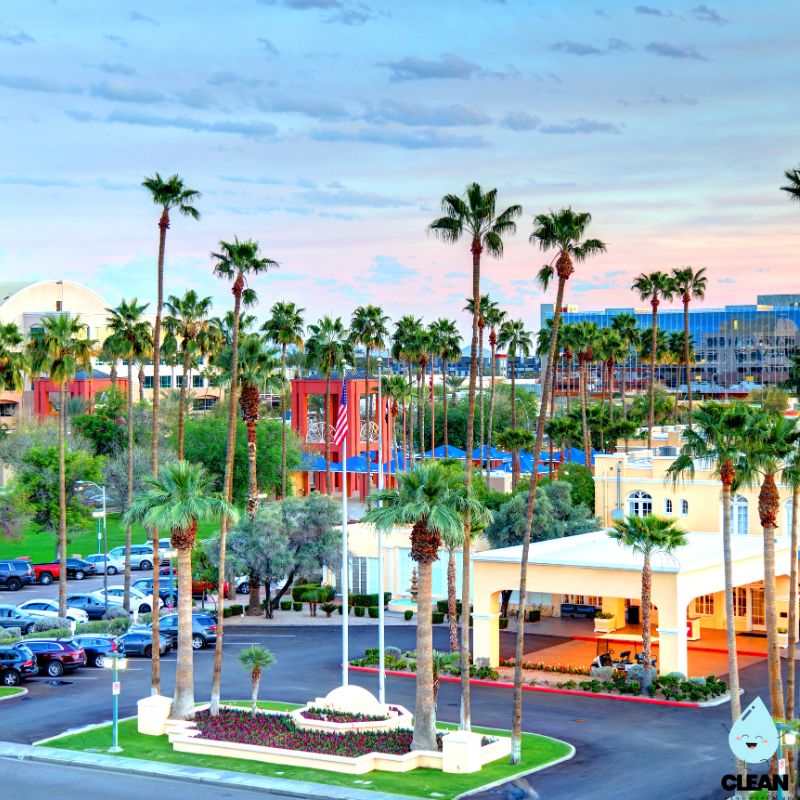
Chandler Water Quality: Current Status (2024-2025)
Latest Testing Results
- Lead and Copper Monitoring: The most recent comprehensive testing in 2022 showed Chandler’s water system remains in full compliance with EPA regulations, with lead levels at 3.4 ppb (90th percentile) and copper at 0.11 ppm, both well below federal action limits of 15 ppb for lead and 1.3 ppm for copper.
- Testing Scope: Chandler performs over 36,500 water quality tests annually across all treatment facilities and distribution points, with daily specialists conducting up to 100 tests to ensure the highest safety standards and regulatory compliance.
- Compliance Status: All water quality parameters consistently meet or exceed federal and state drinking water standards, with the city maintaining an exemplary compliance record with EPA and Arizona Department of Environmental Quality regulations throughout 2023-2024.
Water Sources
- Surface Water (67% of supply): Treated water from Salt and Verde Rivers (42% via Pecos Water Treatment Plant) and Colorado River water (25% via Santan Vista Water Treatment Plant), providing renewable water supplies from regional watersheds and the Colorado River system.
- Groundwater Wells (33% of supply): Over 30 active wells accessing deep aquifers beneath Chandler, primarily used during peak demand periods and as backup supply during surface water shortages or maintenance, with all groundwater disinfected with chlorine before distribution.
- Source Water Protection: Comprehensive watershed management and aquifer protection programs, including backflow prevention with thousands of devices citywide, stormwater pollution control (“Only Rain in the Storm Drain”), and collaboration with regional water agencies for long-term sustainability.
Advanced Treatment Technology
- Pecos Water Treatment Plant: State-of-the-art facility employing conventional treatment processes including coagulation, flocculation, sedimentation, filtration, and chlorine disinfection, with advanced monitoring for taste and odor control and partnership with Arizona State University for canal monitoring.
- Santan Vista Water Treatment Plant: Joint facility with Gilbert utilizing ballasted flocculation technology for rapid treatment (20-25 minutes), treating Colorado River water with enhanced filtration and disinfection processes, with initial capacity of 24 MGD (12 MGD for Chandler, 12 MGD for Gilbert).
- Groundwater Treatment: All groundwater sources receive chlorine disinfection before distribution, with corrosion control measures to prevent lead and copper leaching from plumbing systems and regular monitoring of over 30 active wells.
Infrastructure Modernization
- Water Storage and Reuse: Chandler has stored approximately 440,000 acre-feet of water underground through Arizona’s underground storage program, providing 20-30 years of emergency supply, plus ongoing investment in wastewater treatment and reuse infrastructure for non-potable uses.
- Distribution System Excellence: Comprehensive asset management program maintaining over 1,000 miles of water mains, with systematic replacement and modernization prioritized by condition assessment and performance metrics across the 240-square-mile service area.
- Smart Water Management: Advanced SCADA systems providing real-time monitoring and control of water quality, pressure management, and system efficiency throughout the distribution network, with the capability to blend sources as needed.
Customer Protection Initiatives
Chandler Water provides comprehensive customer service through various programs, including water quality testing support, conservation assistance, and transparent communication via annual Consumer Confidence Reports. The city’s accredited Public Works and Utilities Department maintains competitive water rates among major Valley cities while delivering exceptional service quality. Educational programs help residents understand water conservation, source protection, and the value of Arizona’s precious water resources. Chandler’s proactive approach to drought planning, PFAS monitoring, and infrastructure investment demonstrates its commitment to providing safe, reliable drinking water while preparing for future challenges including climate change, population growth, and evolving water quality regulations.
Recommendations for Chandler Residents
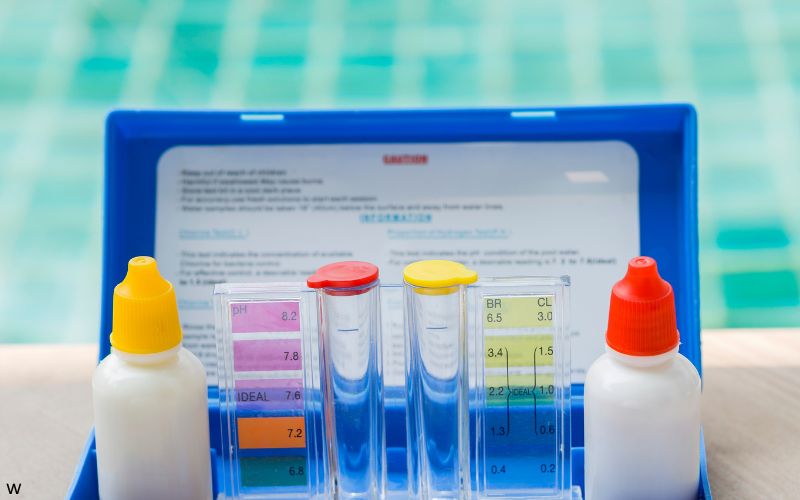
Test Your Water
Contact Chandler Water Quality Department at 480-782-3654 for information about water testing, especially if you live in a home built before 1986 or have concerns about plumbing materials that may contain lead components. The city provides guidance on testing procedures and interpretation of results.
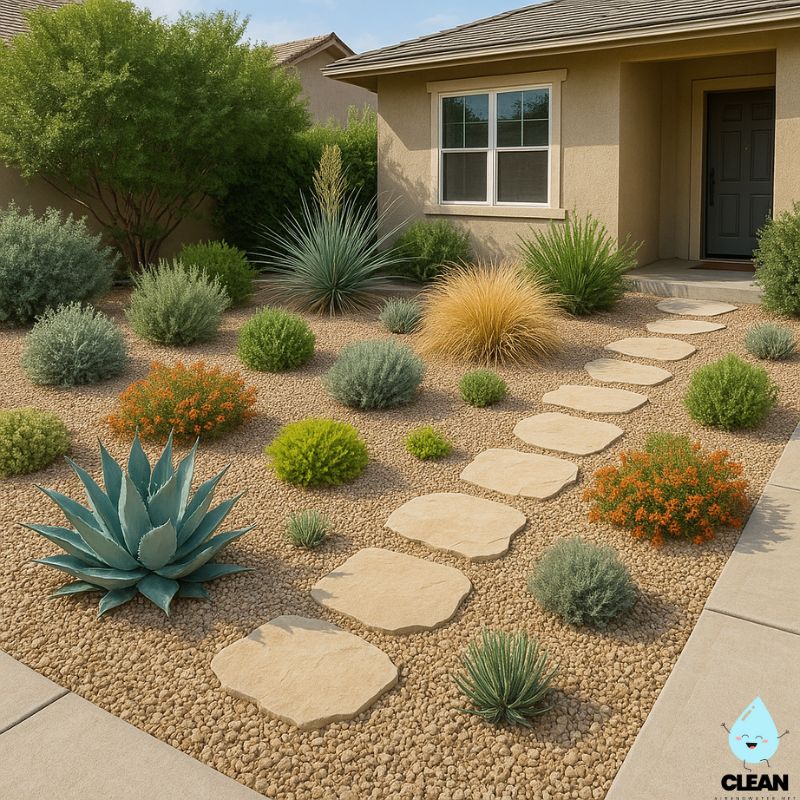
Conserve Water
Follow Chandler’s water conservation guidelines including desert-friendly landscaping, efficient irrigation practices, and leak detection. Take advantage of rebate programs for water-efficient fixtures and appliances to help preserve Arizona’s precious water resources.

Consider Home Filtration
While Chandler’s water meets all safety standards, homes with older plumbing or residents with specific health concerns may benefit from NSF-certified filters for additional protection against potential contaminants, hard water minerals, and taste/odor issues.
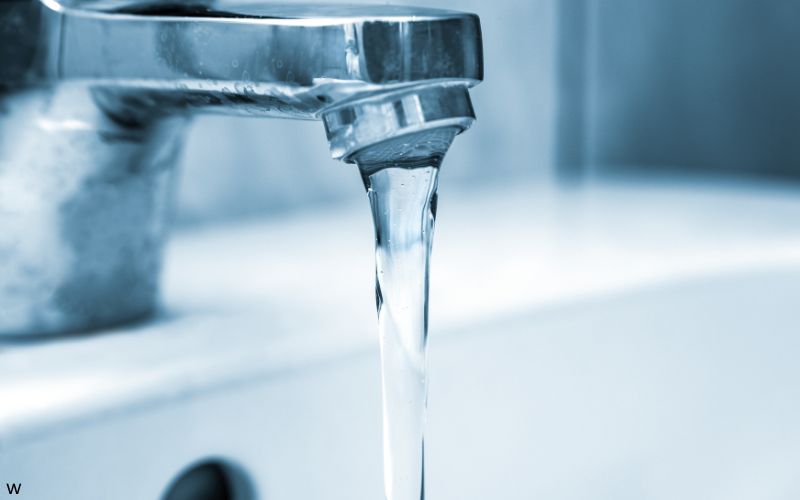
Protect Water Sources
Help protect Chandler’s water supply by properly disposing of hazardous materials, maintaining septic systems, and following stormwater pollution prevention guidelines. Remember: “Only Rain in the Storm Drain.” Contact Environmental Management at 480-782-3503 for disposal guidance.

Report Issues
Contact Chandler Water Customer Service at 480-782-3660 for water quality concerns, pressure issues, or system emergencies. Report water waste or illegal dumping to Environmental Management at 480-782-3503. City staff will always be identifiable with uniforms and ID badges.
Quality News About Your Water
Get the comprehensive water quality news coverage you need with our dedicated US Water News Service. From coast to coast, we deliver in-depth reporting and expert analysis on PFAS contamination, EPA regulatory changes, infrastructure developments, and emerging water safety issues affecting communities nationwide. While mainstream media only covers the biggest stories, we provide the detailed, ongoing coverage that helps you understand the full scope of America’s water challenges. Whether you’re a concerned citizen, water professional, or community leader, our daily updates and analytical insights keep you informed about the issues that matter most to public health and environmental safety.
Frequently Asked Questions
Is Chandler’s tap water safe to drink?
Yes, Chandler’s tap water meets and exceeds all federal and state drinking water standards. The city’s comprehensive treatment processes and quality control measures ensure safe drinking water delivery to all customers.
Chandler Water conducts over 36,500 tests annually across all treatment facilities and distribution points, with specialists performing up to 100 daily tests. The multi-barrier treatment approach at both the Pecos and Santan Vista treatment plants removes contaminants and disinfects water before distribution. The city’s commitment to water quality excellence is demonstrated through its accredited Public Works and Utilities Department and transparent reporting through annual Consumer Confidence Reports available to all customers.
Why is Chandler’s water hard?
Chandler’s water hardness ranges from 5 to 20 grains per gallon (average 16.5 gpg), which is considered “very hard” on the water hardness scale (soft: 0-3.5 gpg, moderately hard: 3.5-7 gpg, hard: 7-10.5 gpg, very hard: 10.5+ gpg). This is typical for Arizona and the southwestern United States due to natural mineral content in source waters.
Water hardness is caused by naturally occurring calcium and magnesium dissolved from rocks and soil as water travels through the environment. This is not a health concern – many health officials suggest hard water may even be beneficial. The minerals that cause hardness are the same ones found in many vitamin supplements. If you prefer softer water for household use, you may consider installing a home water softener system.
Does Chandler have PFAS in its water?
Recent testing under EPA’s monitoring requirements detected low levels of four PFAS compounds in Chandler’s water supply. The EPA has finalized regulations for PFOA and PFOS (4 ppt each), while other PFAS remain under review:
• Detected compounds: PFBS (up to 12 ppt), PFBA (up to 5 ppt), PFHxA (up to 3.5 ppt), and PFPeA (up to 5.3 ppt)
• Key results: PFOA and PFOS were not detected above 4 ppt detection limits. Other detected PFAS are currently under EPA regulatory review following May 2025 policy changes
• Health protection: The calculated Hazard Index is 0.006, significantly below the regulatory limit of 1.0
Chandler is actively monitoring PFAS developments and preparing for compliance with federal regulations, including evaluation of treatment options if needed.
How is Chandler preparing for drought?
Chandler has implemented comprehensive drought preparedness strategies to ensure water supply reliability during challenging conditions:
Diversified Supply Portfolio:
• Multiple water sources reduce dependence on any single supply
• Underground water storage program with 440,000 acre-feet banked
• Reclaimed water infrastructure for non-potable uses
Conservation Initiatives:
• Progressive conservation programs and ordinances
• Customer education and rebate programs
• Smart irrigation and landscape guidelines
Chandler has enough stored water underground to last approximately 20-30 years, and current projections show the city’s water supply portfolio can meet community needs even under drought conditions through 2050 and beyond.
Contaminants of Concern
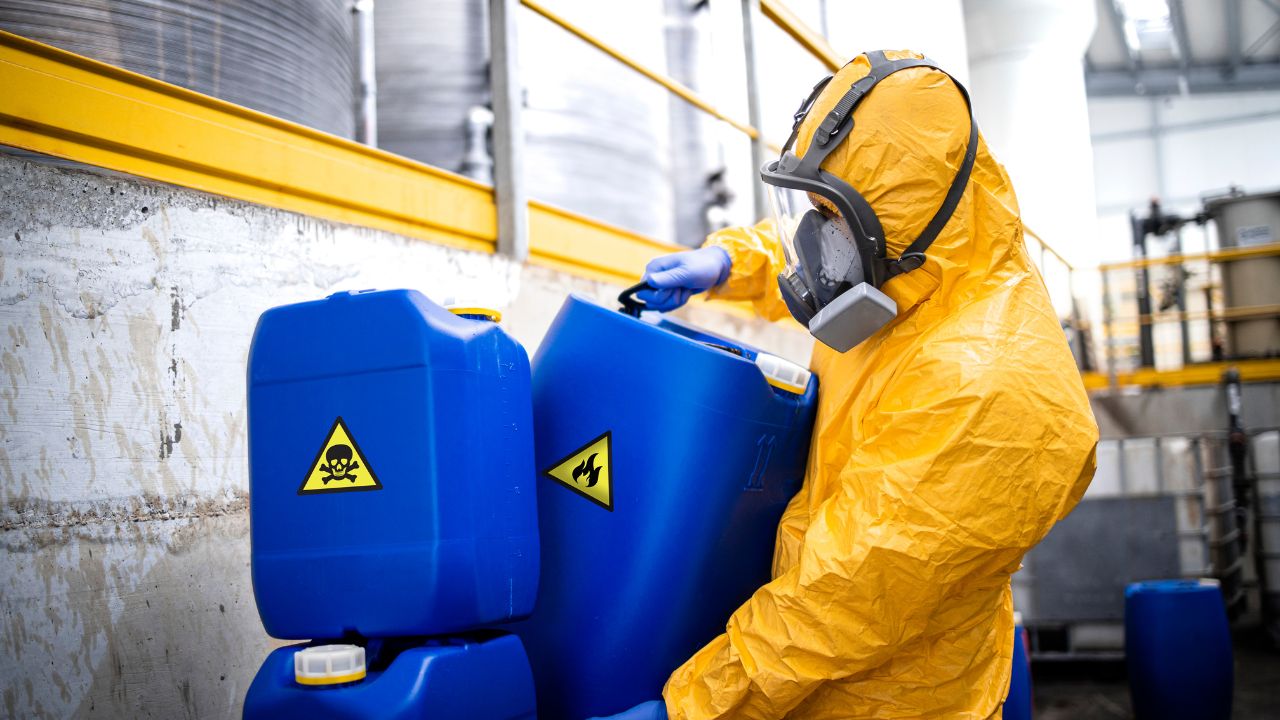
Disinfection Byproducts
Source: Formed when chlorine disinfectant reacts with naturally occurring organic matter in source waters; levels may vary seasonally with temperature and organic content from canal systems
Health Effects: Long-term exposure to elevated levels may increase risk of certain types of cancer and potentially affect liver, kidney, and nervous system function
Current Levels: Total trihalomethanes (TTHMs) averaged 69.5 ppb in 2023, and haloacetic acids (HAA5) averaged 14.0 ppb, both well below EPA limits EPA Limits: 80 ppb for TTHMs and 60 ppb for HAA5

PFAS Compounds
Source: Per- and polyfluoroalkyl substances from industrial processes, firefighting foam, and consumer products that have entered source waters and groundwater supplies
Health Effects: Research suggests potential concerns including impacts on immune system, liver function, cholesterol levels, and possible links to certain cancers and developmental issues
Current Status: Four PFAS compounds detected at low levels: PFBS (up to 12 ppt), PFBA (5 ppt), PFHxA (3.5 ppt), and PFPeA (5.3 ppt). PFOA and PFOS were not detected above 4 ppt detection limits; Hazard Index of 0.006 is well below regulatory concern EPA Status: Final regulations maintain 4 ppt limits for PFOA/PFOS; other PFAS compounds under regulatory review following May 2025 EPA policy changes
Please read – our information
The information presented on cleanairandwater.net is compiled from official water quality reports, trusted news sources, government websites, and public health resources. While we strive for accuracy and thoroughness in our presentations, we are not scientists, engineers, or qualified water quality professionals.
Our mission is to present water quality information in an accessible, real-world format that helps people understand what’s in their water and make informed decisions about their health and safety. We believe that complex environmental information should be available to everyone in a format that’s easy to understand.
We make every effort to ensure our content is current and accurate, but we cannot guarantee that all information is complete or error-free. This website should not replace official communications from your local water utility or health department. We always recommend consulting official sources for the most up-to-date information regarding your specific water system.
Clean Air and Water is not liable for any unintentional errors, omissions, or outdated information. The content on this site is provided for informational purposes only and should not be considered professional advice.
